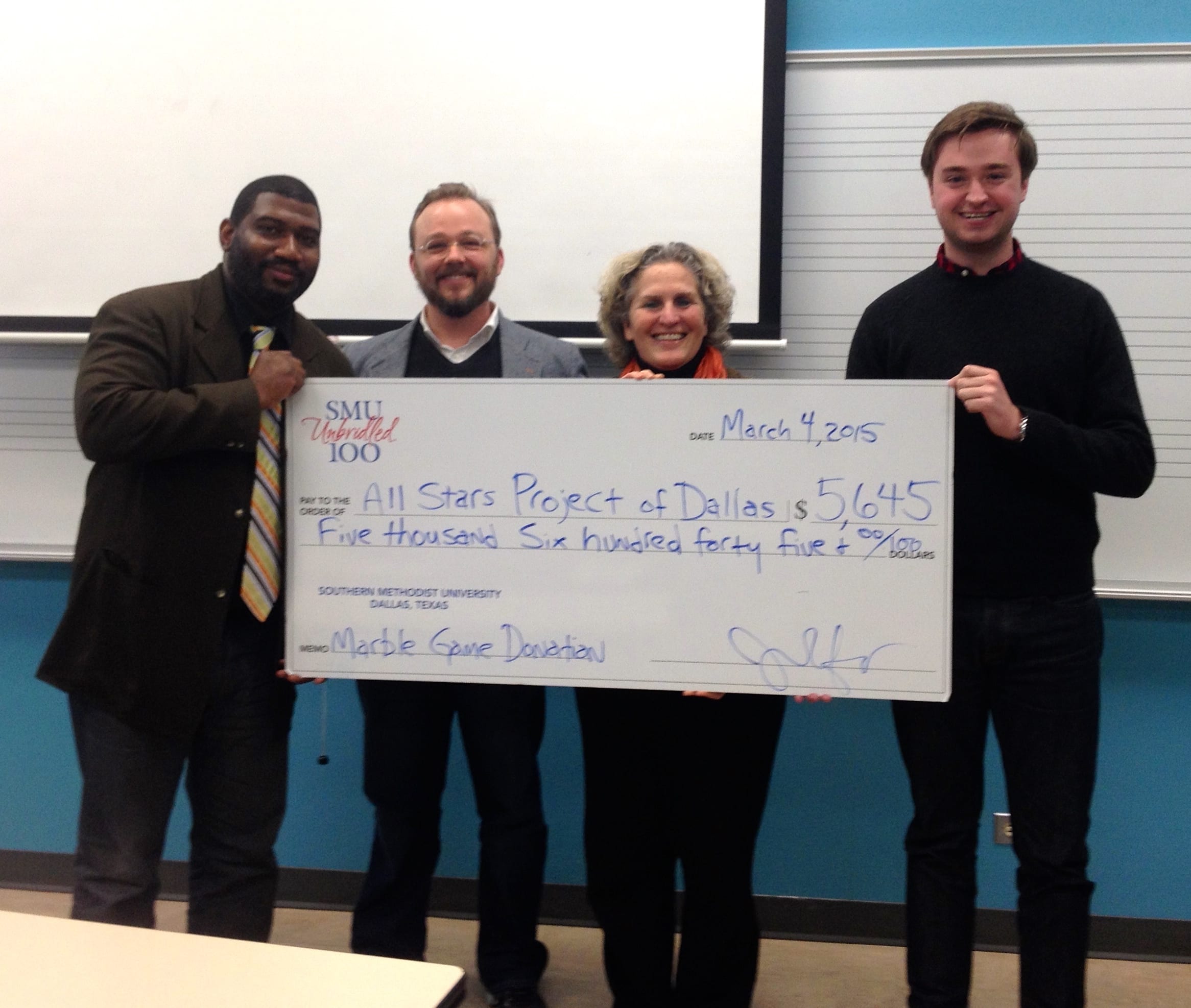In this post, you will find three interviews with three entrepreneurs. They were created to reflect on the possible parallel between entrepreneurship and the mythic structure of the journey of the hero, as articulated by Joseph Campbell. These interviews were conducted as part of the Arts Entrepreneurship program.
Sanki King (Abdullah Ahmed): Graphic designer/Custom apparel painter 
- In your process of entrepreneurship, can you describe three significant obstacles you faced and how you overcame them?
Money, Material and Marketing were the three major obstacles I faced. I started from a dead zero back in 2007. I had no money and no contacts. My first hand painted graffiti shirt sold for $8. It took me 6-7 hours to make it and I used any paints that had the word fabric imprinted on them. I needed to market myself but I didn’t have the financial means to, so I started writing my friends names in graffiti and tagged them and other friends on Facebook. It took me a good 2 years to understand the process of attracting paying customers. My biggest disadvantage was that only a handful of people were aware of custom painting in Pakistan. Most of my earlier murals and custom painting jobs were all for gratis and I understood really well that I have to go through this in order to make a name.
- Were there any moments during your entrepreneurship process when you considered giving up or were there moments when there seemed to be no light?
As I mentioned before, there was no awareness at all about custom painting, sneaker art and graffiti in Pakistani culture. Even my friends discouraged me from turning custom painting into a mural, but my sister kept rooting me on. I’d say that just starting this initiative seemed to have no light in itself for me. The process was undoubtedly challenging and relentless but I never thought about giving up because I knew that there was no easy way to becoming a successful entrepreneur. It requires consistency as well a significant amount of networking.
- What role has change played in your process, if any? Have you changed?
I have changed a lot since I began this journey and I continue to constantly change. If you look at my timeline of work on my page from 2010 till now, you can tell how rapidly my work has improved, as have I as an entrepreneur and an artist.
- What key takeaway or knowledge have you gained as a result of your experience?
Anything is possible; you can achieve your goals regardless of what they are if you’re just willing to work hard. If you have a set of unique skills and talents, they are going to have a very big impact on the lives of others regardless of their age gender or their background. Most importantly, time is money but don’t follow money, follow success. Money is the result of success; success is not the result of money. But success cannot be bought and neither can respect. A person’s aim in life should be to become the best version of themselves and pass all their knowledge to their subordinates.
Ramish Safa (animator/cartoonist) 
- In your process of entrepreneurship, can you describe three significant obstacles you faced and how you overcame them?
I think the biggest obstacle has always been converting the audience. Finding that balance where it’s cool enough for the exposed lot while still being relevant to the unexposed bunch is tough. And secondly, whether it was my web illustrations or whether it was publicizing my soon to be releasing comic “Umru Ayar”, we had to create a fresh market just in order for our entrepreneurial efforts to flourish. In the case of my comic “Umru Ayar”, which is targeting the youth, only a handful of Pakistanis under the age of eighteen were even aware of the “legend of Umru Ayar”. The Pakistani crowd is an interesting bunch. While some seem to be overly exposed to popular culture, others seem to be clueless. Thirdly, establishing a fan following, as I mentioned, Urdu comics were unheard of, so it took us some time to get followers. Our fan base established through social media platforms such as Facebook and today our “Kachee Goliyaan” comics have over 136,000 followers. I’d say time was the healer that helped us overcome most of the obstacles in our entrepreneurial venture.
- Were there any moments during your entrepreneurship process when you considered giving up or were there moments when there seemed to be no light?
There are always moments that seem to bring you down. As I mentioned, it took us time to establish a fan base and those were the closest we came to moments of no light. But starting this venture we knew that highs and lows are part of the process and if anything they only make you learn how to be stronger.
- What role has change played in your process, if any? Have you changed?
I think I have gotten a lot more financially aware throughout the years. It used to be a lot about passion when I started. But then you realize that passion doesn’t necessarily fill an empty stomach and that a lot of ideas seem great from a creative perspective but might take you down the drain in terms of money. I have gotten a lot smarter with how I use and spend money.
- What key takeaway or knowledge have you gained as a result of your experience?
Pakistan is a brilliant market. The audience is yet to be educated about a lot of things, but spending powers are high. As bad as the economy seems to be, a common Pakistani somehow finds a way to make and spend money. Enough patience and the right amount of pull, and the opportunities would start reaping crazy benefits.
- In your process of entrepreneurship, can you describe three significant obstacles you faced and how you overcame them?
The first obstacle that really smacked me between the eyes was that I realized very earlier on that I needed to get better organized. I had been doing comics on the web for a good 12 years while I kept a day job and during that time there wasn’t a whole lot of obstacles. But when I left my day job as a graphic artist for a local Philadelphia newspaper in 2012 I immediately realized that making cartoons was no longer something I would be doing in my free time and so I had to start being very careful about my revenue and costs since I no longer had an automatic paycheck coming in mail box and this affected my family stringently in 2013, but I managed to get better organized the year after that. The second obstacle I faced was that I had to start making decisions based on pragmatism rather than optimism; my art became more about the business succeeding than the art itself. The third obstacle was that I was oblivious of business tax law and it’s implications.
- Were there any moments during your entrepreneurship process when you considered giving up or were there moments when there seemed to be no light?
There were plenty of times where I contemplated on giving up, but unfortunately for me, I did not have a plan B to rely on in the event of my plan A failing. I spent 20 years as a newspaper graphic designer and so my skills were unmarketable. I had jumped into publishing cartoons with both feet. The closest I go to giving up my entrepreneurship career was when I took up a side job.
- What role has change played in your process, if any? Have you changed?
Absolutely, the biggest change for me has been what I previously alluded to you, which was turning from an optimist to pragmatist. I’m still very positive but I’m more of a realist now. I started playing a little safer than I did 20 years ago. Secondly, my reaction to changes has evolved from panic to “how am I going to change my strategy to adjust with the changes.”
- What key takeaway or knowledge have you gained as a result of your experience?
I have gained three things, first of I’ve come to the conclusion that planning is key, I now plan out year-by-year now. Number two, realistic thinking as I mentioned before I’ve become a pragmatist. And number three, perseverance, not giving up, part of which has become natural for me since I don’t have plan B, whereas the other part is that I want to instill in people that the process of entrepreneurship is always going to be a roller coast and there will always be a swing up after a swing down.
These interviews and analyses were conducted by student Maira Siddiqui for the Arts Entrepreneurship program at Meadows School of the Arts, SMU. They were created for the class Entrepreneurship and the Hero Adventure and are part of a blog series called Heroes Among Us.





